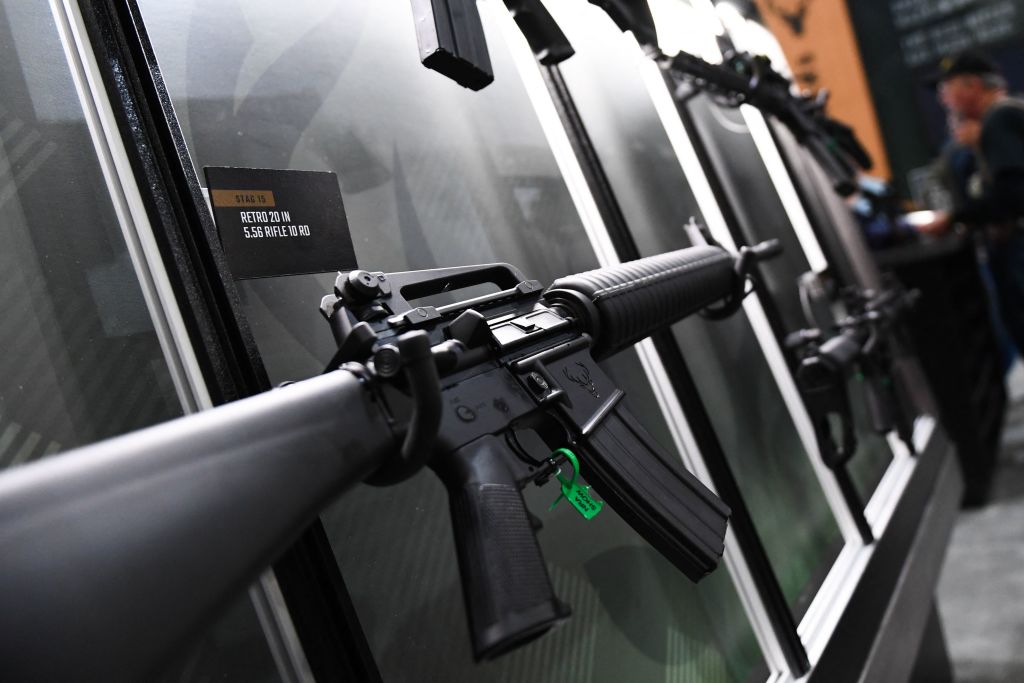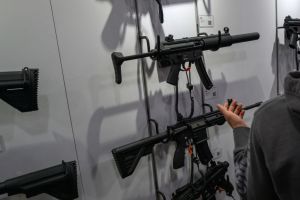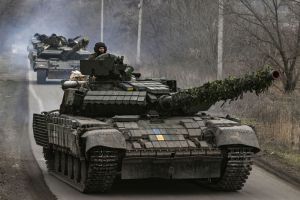Following every tragic mass shooting, there is outrage directed at the firearms industry. The highly popular AR-15 platform is once more in the crosshairs after the recent killings in Buffalo, New York, and Uvalde, Texas.
The AR — erroneously described as an “assault weapon” — has been targeted by politicians and celebrities who think it should be banned. A House Democrat recently introduced a bill that would add a 1,000 percent sales tax to the purchase of the semi-automatic rifle.
Misinformation rather than facts has been weaponized against the AR, which has been falsely described as a “high-powered” “weapon of war.” Major General Paul Eaton, US Army (retired), even suggested in a series of tweets that the AR-15 has no place in civilian hands.
Before we can address these claims, let’s look at the history of the AR-15.
The AR-15 is one of the most popular civilian firearms ever produced, and for good reason. It is lightweight, accurate and highly adjustable — comfortable for both men and women to use.
While some gun control advocates try to suggest that “AR” stands for “assault rifle” or “automatic rifle,” neither is correct. The “AR” in AR-15 stands for “ArmaLite Rifle,” as it was developed in the late 1950s at the ArmaLite Corporation, a small startup founded after World War II in Hollywood, California. ArmaLite received funding from the Fairchild Engine and Airplane Corporation (later Fairchild-Republic) and was charged with designing light and compact firearms for military contracts.
One of the company’s designers was a World War II United States Marine Corps veteran named Eugene Stoner. He proved to be a forward-thinker who saw how light materials could be employed in weapons. Until that point, most military weapons still used wooden stocks and machined metal parts that made them heavy.
ArmaLite looked to change that by utilizing lightweight materials, including fiberglass stocks and aluminum receivers. Stoner incorporated those materials into his revolutionary AR-10, which was essentially the forerunner to the AR-15. The US Army, however, adopted another rifle with a more traditional design: the M-14.
Yet ArmaLite and Stoner pressed on and refined the design as the AR-15.
The rifle was chambered for the small caliber 5.56x54mm NATO cartridge, which was larger than the pistol rounds used in submachine guns, but far smaller than many larger caliber rounds that are still popular with hunters today. The design was sold to Colt Manufacturing, which was able to secure military contracts, originally with the United States Air Force. That weapon went on to become the M-16.
It may seem from those origins that the AR-15 is in fact a “weapon of war.” But the story gets complicated, and it’s important to consider some critical facts.
Because the AR-15 was lightweight, durable, and accurate, it seemed like it would have a market in the civilian world, and Colt saw an opportunity. At the time, there was little difference between civilian hunting rifles and most military battle rifles. If anything, many of the high-quality civilian rifles were lighter and more accurate than their military counterparts. In fact, during the First World War, snipers often employed civilian hunting rifles.
After the Second World War, due to the huge number of surplus firearms, there was a market for so-called “sporterized” rifles, which literally transformed what had been carried by soldiers into civilian rifles. That’s why any talk of “weapons of war” is misleading; those lines have long been blurred.
In fact, throughout much of the history of the United States, military rifles and civilian rifles were largely one and the same. Colt, Winchester, Sharps, and so on all sought military contracts while offering their products to civilians. In contrast to President Biden’s claims that there were always weapons civilians couldn’t buy — including cannons — that was not true. Civilians could and did buy the same guns as the military. That only changed with the passage of the National Firearms Act of 1934 (NFA), which placed restrictions on certain weapons, including machine guns. But the law never technically “banned” them. That is an important fact to consider, since it wasn’t until the passage of the Firearms Owners Protection Act (FOPA) in 1986 that the production of new machine guns was banned.
Therefore, even today, residents in some thirty-seven states can still go through a complex background check process to legally purchase/transfer a machine gun (provided it was manufactured prior to FOPA) and other NFA weapons (such as suppressors, otherwise known as “silencers”).
All of this is necessary to understand, because what Colt did in the 1960s was offer a civilian model of the AR-15 to consumers. Yet it differed from the military’s M-16 in a crucial feature. The M-16 was designed to offer select fire. Originally, this included a fully automatic mode, which meant it would fire as long as the trigger was pulled. Later, due to accuracy issues, it was switched to a “three-round burst,” in which three rounds fire with each trigger pull. It also offered a semi-automatic mode, where one pull of the trigger fired a single shot.
The AR-15 only offers the semi-automatic option; it is therefore not a fully automatic weapon and shouldn’t be seen as comparable to a “machine gun.” Yet some, including General Eaton, have suggested that there is little difference between the M-16 and AR-15. Few soldiers would want to head into close-quarters combat limited to single-fire shots when the enemy has full-auto or burst fire capabilities.
Today there are calls to ban the AR-15 because it has been used in a few high-profile incidents. If shootings continue with other firearms, then advocates will simply suggest those guns should be banned as well. Imagine the precedent of banning things every time they are misused.
More than 22.8 million AR-15s have been sold in America to date. This fact needs to be put in perspective, as only a mere fraction of the millions in private ownership have ever been used for nefarious purposes. That is akin to calling for a ban on all automobiles because of drunk drivers, or suggesting that because of the rare plane crash, air travel is somehow unsafe and should be stopped.
Evil people will always find a way to do bad things, but banning a product used safely by tens of millions hardly seems to be the way to stop them.


















